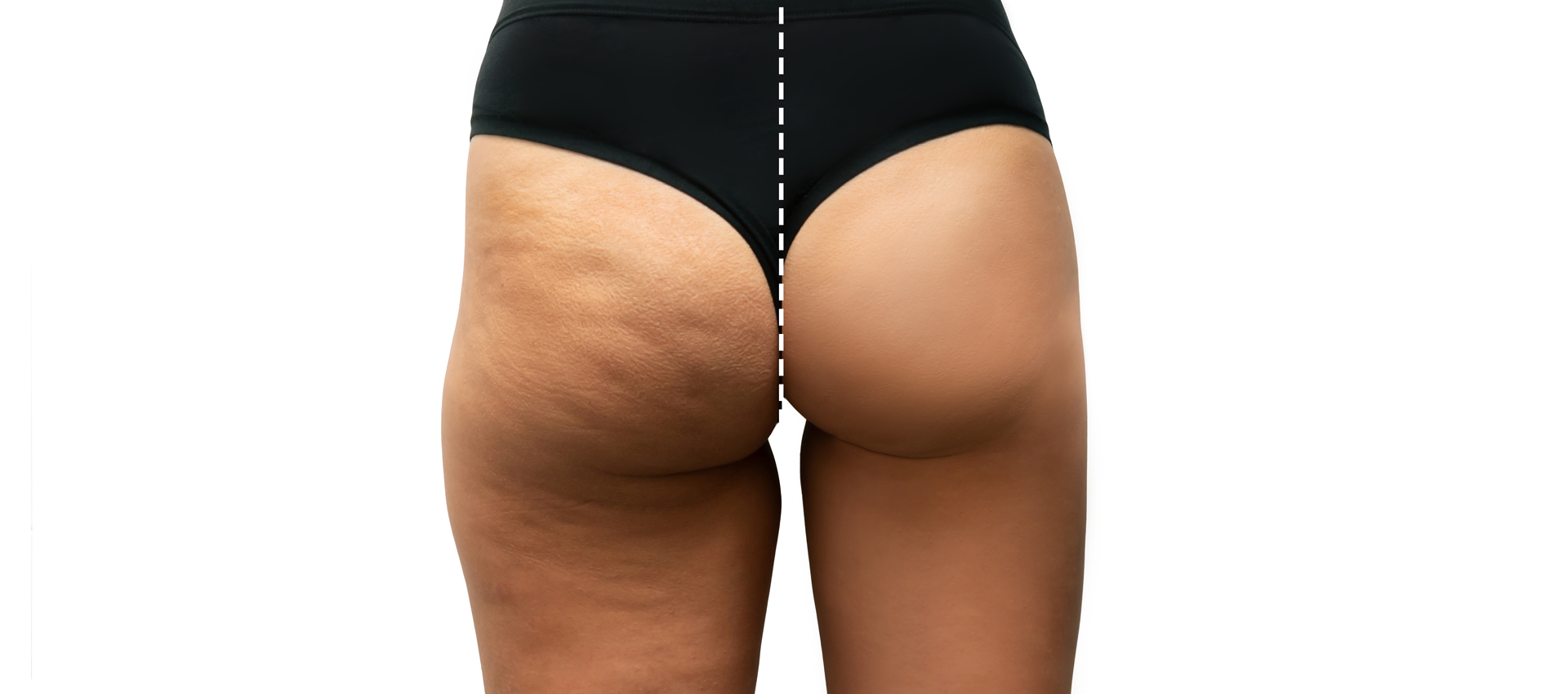Our Treatments

Lipedema Treatment and Surgery: Solution to Fat Distribution Disorder
Lipedema is a condition that causes abnormal fat accumulation in the body and can lead to swelling and pain, usually in the legs, arms, or hips. Silmar Estetica offers personalized solutions to patients with its surgeons specialized in lipedema treatment and surgery.
What is Lipedema?
Lipedema is a condition that is often associated with hormonal changes and causes abnormal fat accumulation in the body. This can lead to swelling, pain, tenderness, and even skin deformation in the legs, arms, or hips.
Service Details
Preliminary Assessment and Planning: Silmar Estetica’s specialists conduct a detailed preliminary interview with patients, evaluate lipedema symptoms and examine treatment options. During this process, a treatment plan appropriate to the patients’ conditions is created.
Conservative Treatment Methods: Conservative methods in the treatment of lipedema generally include methods such as diet, exercise, compression garments and lymph drainage. These methods may relieve symptoms but do not completely eliminate fat accumulation.
Surgical Interventions: When lipedema progresses or does not respond to conservative treatments, surgical intervention may be required. By surgically performing liposuction, abnormal fat tissue is removed and body contours are reshaped.
Lipedema treatment and surgery is one of Silmar Estetica’s specialized services. This treatment aims to relieve patients’ lipedema symptoms, improve their quality of life and reduce aesthetic concerns.
Any questions you may have here.
Lipedema is a condition that occurs due to abnormal fat accumulation, usually in the legs, arms or hips. Symptoms may include swelling, pain, tenderness, and skin deformation over time.
Lipedema treatment may include conservative and surgical methods. Conservative treatments include diet, exercise, compression garments and lymph drainage. Surgical interventions aim to remove abnormal fat tissue and correct body contours through liposuction.
Lipedema surgery may be an option for people who do not respond to conservative treatments, whose symptoms progress, or who experience significant discomfort. However, each patient must evaluate surgical suitability for their condition.
There may be edema, bruises and mild pain in the post-surgical period. The healing process is individual but is usually completed within a few weeks. Following your surgeon’s instructions, adhering to recommended rest periods, and meeting special care requirements will support the healing process.




